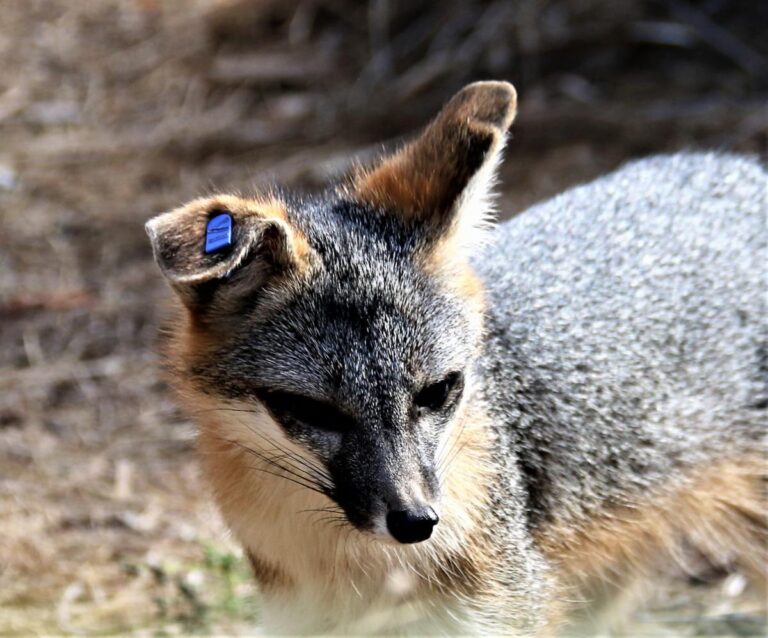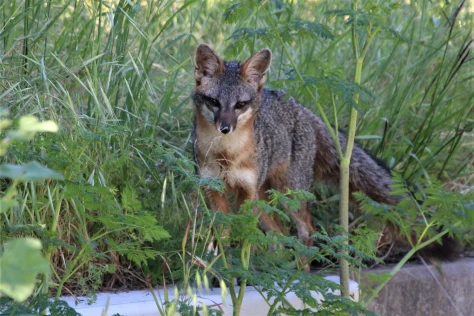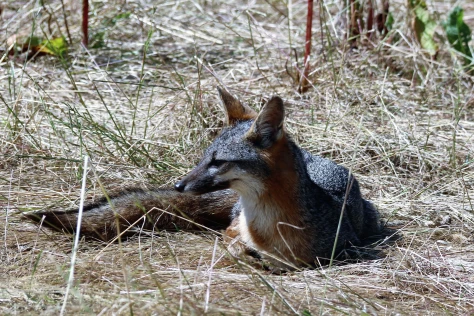Disease and the Gray Fox - Part II
by William C. Leikam
President, CEO & Co-founder, Urban Wildlife Research Project

For the past few months nothing novel, nothing out of the routine has happened over in Foxland and so I will continue with part II of Disease and the Gray Fox die-out of 2016. The latter part of that year was especially crazy as more and more reports came in of dead gray foxes. I found it gut wrenching that in death I could not clearly and cleanly identify any of the dead foxes although I’d been close up and personal with those foxes for years. Death overlays a shadow upon the victim.
Tuesday, January 03, 2017 4:22 PM, the email from the lead veterinarian for the California Department of Fish & Wildlife sat in my inbox. I had waited for it throughout the month of December but now that it was here, I wasn’t sure that I wanted to read it. As I read, her words pounded me with understanding, one that opened up many doors of perception on the plight of gray foxes everywhere. The diseases that impact foxes from one degree to another is rather long. They are: Rabies, tularemia, canine distemper, fox tapeworm, sarcoptic mange, toxocariasis, toxoplasmosis, and canine heartworm.
Section III
Gray Fox, Baylands Goals
Within the permit that allows the Urban Wildlife Research Project to conduct its study of the behavior of the gray fox at the Palo Alto Baylands Nature Preserve, the objectives covered area:
- Monitoring of urban gray fox Denning sites in Palo Alto Baylands.
This is being accomplished during the period when the gray foxes use a den site. It is one of the prime locations for gathering most of the behavioral data of the litter and for adults alike.
- Assessment of status and population trends of Baylands urban gray foxes
Since January 2019 a pair of resident gray foxes have claimed territory at the Palo Alto Baylands Nature Preserve.
- Identification of habitat features that promote the presence of urban gray foxes
After considering this and talking with people who know how to restore habitats, we need to assess what kinds of plants, including the Alkaline Salt Bush, would grow best along the edge of the saltwater channel and alongside the marsh. We need to grow a permanent habitat that contains the corridors and plant it as soon as possible. We’ll keep an eye on this as this is a critical link between the southern region of the Baylands and the northern region.
- Assessment of reproductive success and identification of factors that promote successful reproduction
Open up the pinch-point along Matadero Creek by developing thickets that link one area to another, instead of the present “islands”.
- Identification and assessment of possible dispersal travel routes.
Presently there can only be guesses as to dispersal travel routes. We intend to make this important question much more concrete when we attain our collaring/take/capture permit from the Department of Fish & Wildlife.





